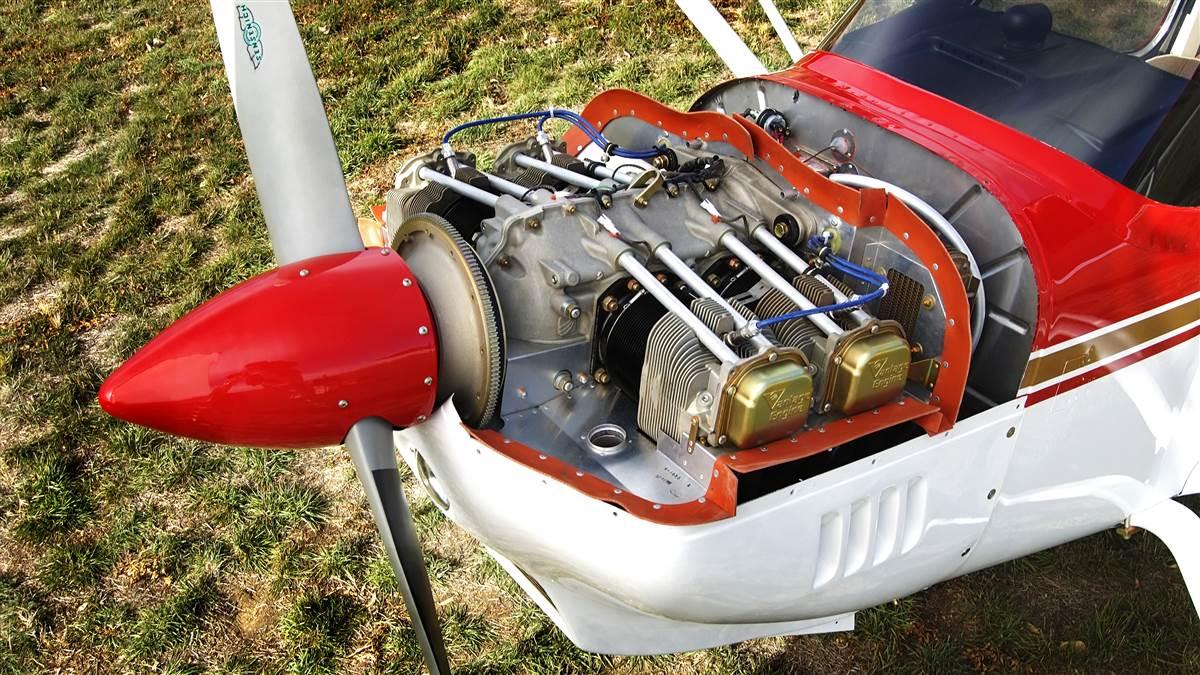Engines for Africa: Your Ultimate Vehicle Parts Shop for High Quality Car Elements
Engines for Africa: Your Ultimate Vehicle Parts Shop for High Quality Car Elements
Blog Article
The Mission for Ultimate Driving Power: Investigating the Peak of Engine Efficiency and Technological Breakthroughs in the Automotive Market
In the world of automotive design, the search of maximum driving power has actually been a relentless quest that has actually unfolded with the advancement of engine layout and the assimilation of cutting-edge modern technologies. From the precise craftsmanship of combustion engines to the rapid developments in electric propulsion systems, the vehicle field stands at the cusp of a new era defined by unmatched performance capabilities.
Advancement of Engine Layout

Moreover, the integration of turbocharging and supercharging innovations has transformed engine design by boosting power without substantially boosting engine size. These forced induction systems press the consumption air, permitting even more gas to be combusted, consequently producing better power output from a smaller engine. This development has been specifically important in boosting the efficiency of smaller sized displacement engines while keeping fuel performance standards.

Performance-Enhancing Fuel Technologies
The implementation of sophisticated fuel innovations has actually significantly contributed to enhancing engine performance in modern cars. Biofuels, derived from renewable sources like sugarcane, corn, or algae, deal reduced emissions and improved engine effectiveness. Furthermore, gas ingredients and cleaning agents are being developed to tidy engine components, enhance combustion, and reduce rubbing, therefore boosting total lorry efficiency.
Advancements in Electric Propulsion
Considerable strides in electric propulsion modern technology have changed the vehicle sector, paving the means for a brand-new era of sustainable and reliable transportation. Electric vehicles (EVs) are acquiring popularity because of their ecological benefits and advancements in battery modern technology, making it possible for longer driving varieties and much shorter billing times. Manufacturers are investing greatly in r & d to boost the performance of electric propulsion systems, concentrating on boosting power outcome, improving power efficiency, and minimizing general weight.
One significant development in electric propulsion is the development of advanced electric motors that deliver higher torque and power density, resulting in improved velocity and general driving performance. Additionally, regenerative braking systems have been improved to catch and store energy during deceleration, further boosting the efficiency of EVs.
Moreover, the integration of clever modern technologies, such as expert system and predictive analytics, is maximizing the monitoring of electrical propulsion systems, ensuring optimum performance under various driving conditions. These developments in electric propulsion are improving the vehicle visit the website landscape, driving the market towards a more lasting and electrified future.
Influence of Computational Fluid Characteristics
With developments in electric propulsion pushing the borders of automobile technology, the assimilation of Computational Fluid Dynamics is playing a critical duty in optimizing wind resistant efficiency and enhancing overall performance in car style. Computational Liquid Characteristics (CFD) entails using computer system simulations to analyze the flow of air around a car, allowing engineers to anticipate just how design modifications will influence aerodynamics without the need for costly physical models. By accurately modeling air movement patterns, CFD allows for the improvement of car shapes to decrease drag, boost cooling, and improve security.
One trick benefit of using CFD in car layout is the ability to iterate rapidly, discovering many layout variants to recognize one of the most aerodynamically reliable options. This iterative procedure leads to automobiles that are not just sleeker and extra visually attractive but also extra environmentally pleasant and fuel-efficient. CFD enables designers to optimize air movement around elements such as radiators, engine bays, and wheel wells, contributing to improved efficiency and Read More Here general driving experience. Finally, the integration of Computational Liquid Dynamics stands for a substantial action forward in the pursuit for best driving power and performance in the automotive industry.
Future Patterns in Engine Innovation
In the vibrant landscape of automotive design, innovative advancements are forming the future trajectory of engine development. The future of engine style is noted by a strong emphasis on performance, sustainability, and effectiveness. Suppliers are increasingly concentrating on establishing engines that not just provide high power results but additionally focus on ecological responsibility by decreasing exhausts and improving fuel performance.
One prominent fad in engine development is the increase of electrification. Hybrid and electrical powertrains are gaining grip as viable options to conventional burning engines. These innovations offer the potential for significant reductions in carbon emissions and raised energy effectiveness, lining up with international initiatives to deal with environment change.
Additionally, improvements in materials science and production techniques are allowing the production of lighter and much more sturdy engine components. This shift towards light-weight products such as carbon fiber and aluminum alloys you can check here adds to improved performance and gas economic situation.
Final Thought
Finally, the search of ultimate driving power in the automotive sector proceeds to drive improvements in engine style, fuel technologies, electrical propulsion, and computational liquid dynamics. The development of these innovations is forming the future of engine technology, leading the way for extra powerful and reliable cars (engines for africa). As the market proceeds to press the boundaries of what is feasible, we can expect to see even much more groundbreaking advancements in the pursuit for peak efficiency
One of the essential milestones in engine style advancement is the shift from standard carbureted engines to contemporary fuel-injected systems. By exactly metering the gas delivery to each cyndrical tube, fuel-injected engines maximize combustion, resulting in far better performance and lowered environmental effect.
Furthermore, the assimilation of turbocharging and supercharging innovations has actually transformed engine layout by increasing power without considerably enhancing engine size (engines for africa).The application of sophisticated gas innovations has considerably added to improving engine efficiency in modern automobiles. In addition, fuel ingredients and detergents are being created to tidy engine parts, maximize combustion, and decrease friction, thus improving overall vehicle performance
Report this page